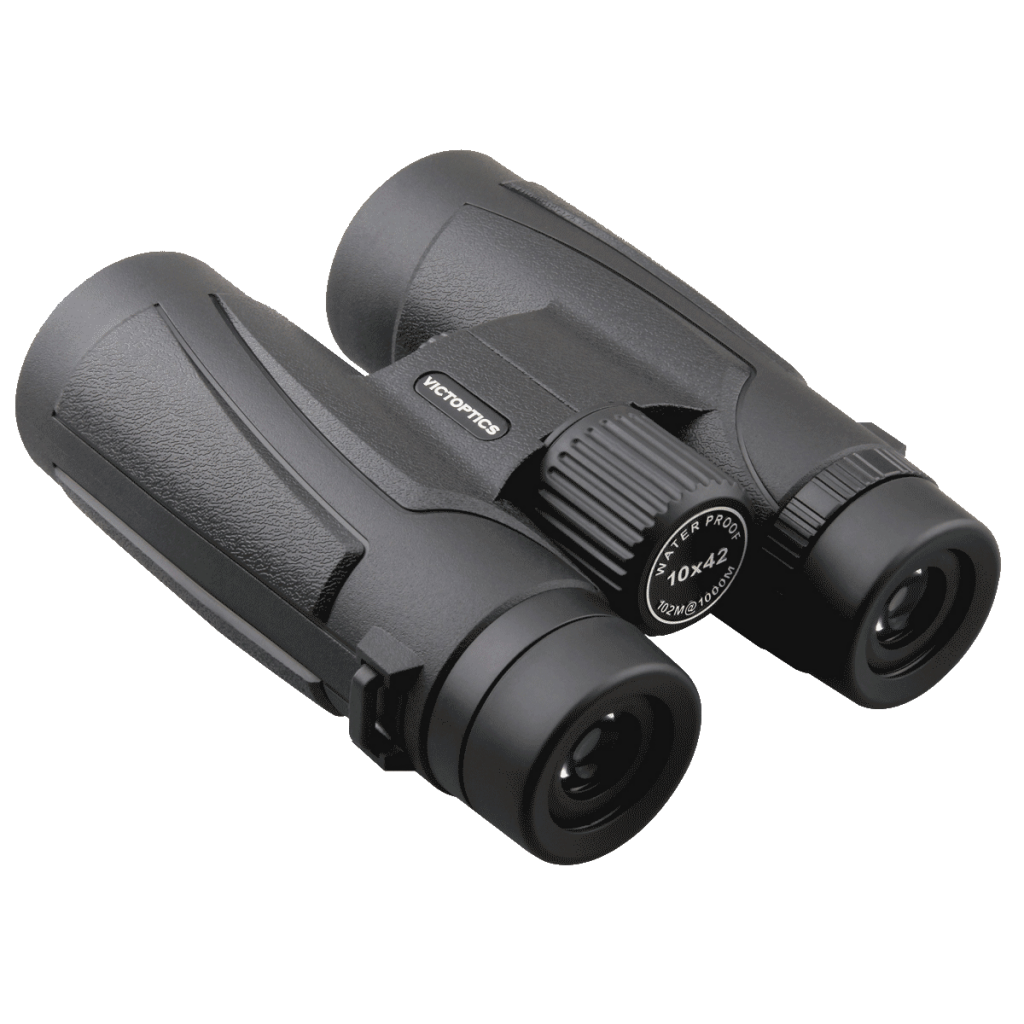Before you choose a pair of binoculars, you need to understand the specifications on a binoculars shopping site to ensure you get the best value for money. This article will help you understand the parts and components of binoculars and how to choose the best binoculars.
What do binocular numbers mean?
In general, there are two most important figures in the specifications of a binocular: the magnification and the diameter of the objective lens. For example, the VICTOPTICS 8X42 BINOCULAR has 8x magnification and a 42mm diameter objective lens. Some binocular manufacturers also mark the FOV on the binocular body.
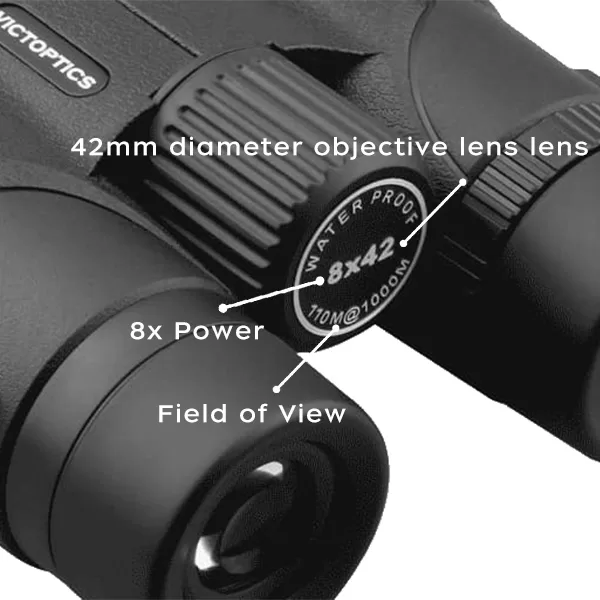
The higher the magnification, the more zoomed in the image appears, while a larger objective lens diameter allows more light to enter the binoculars, resulting in brighter images.
Understand binocular parts and components
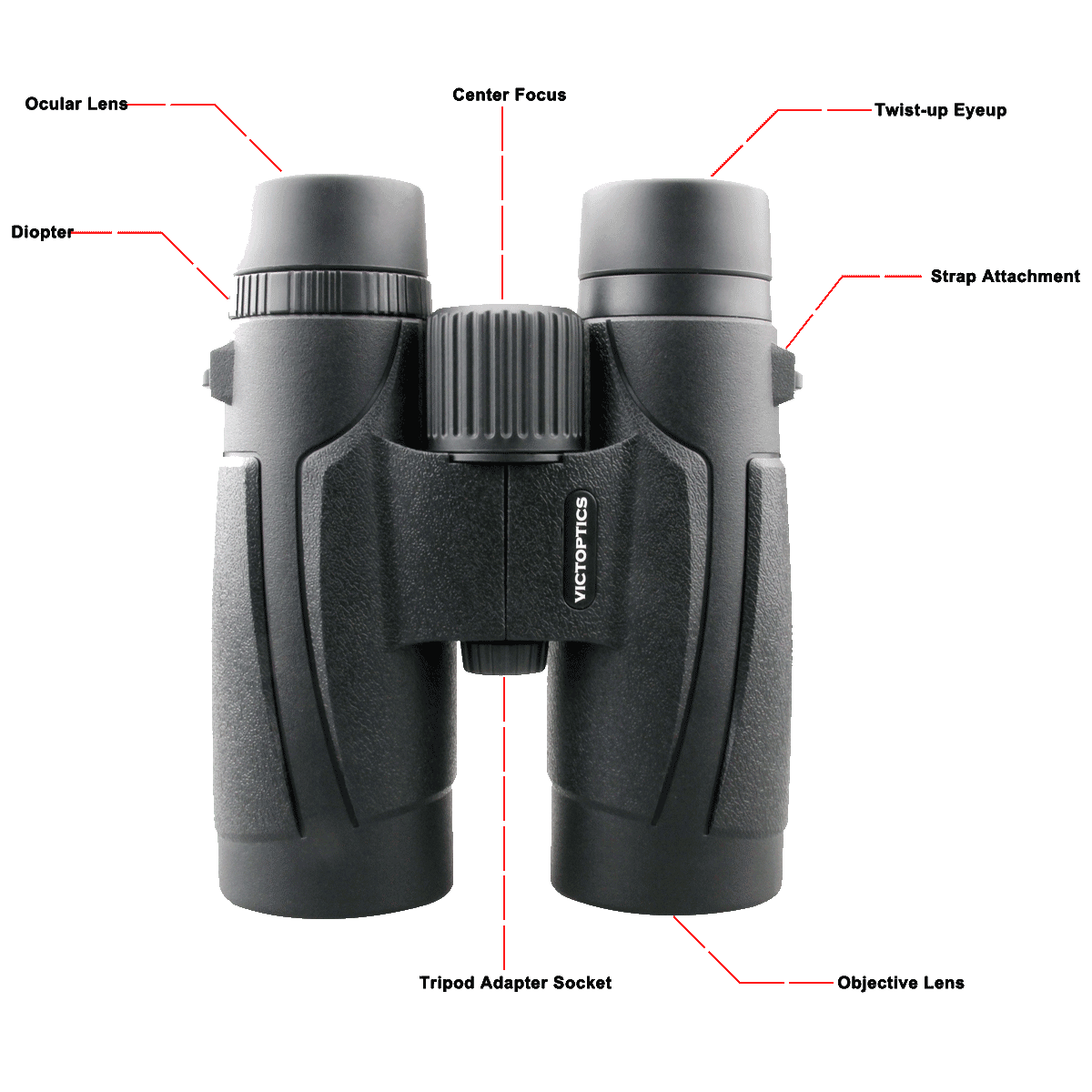
Structure
Porro and roof prisms are the most common types of binoculars. The main difference is in the way the light is transmitted. See the picture below.
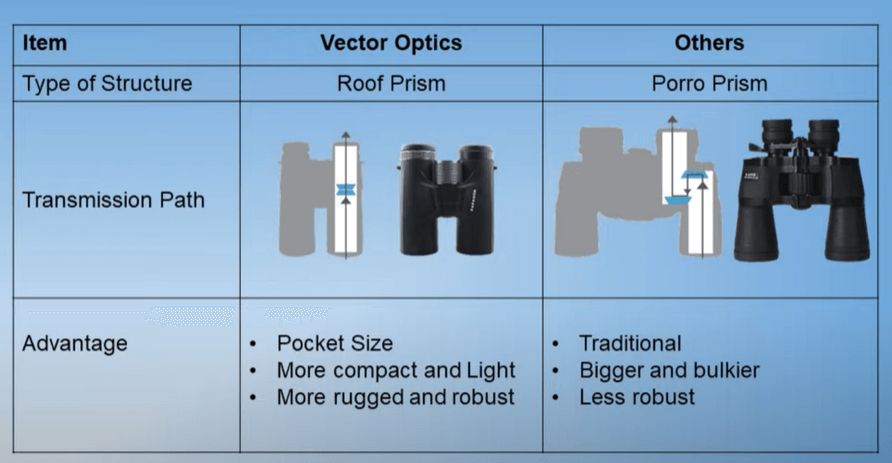
Roof prism binoculars have a more compact and streamlined design, making them easier to carry and store. They are also more durable and resistant to damage from knocks and moisture. However, they tend to be more expensive than Porro prism binoculars of the same quality.
Center focus
The centre focus knob allows you to focus on near and far objects, making it the most versatile and widely used focusing system in binoculars.
Prism types
BAK4 prisms are made from a type of glass that has a higher index of refraction than the glass used in BAK7 prisms, with a light transmission of 95% or more. This means that BAK4 prisms are generally considered to be of higher quality, producing a sharper, brighter image with better contrast. BAK4 prisms are also less prone to internal reflections.
BAK7 prisms, on the other hand, are made from a type of glass with a lower refractive index, with 70-80% light transmission. They are also less expensive to produce than BAK4 prisms, making them a more affordable option for some customers.
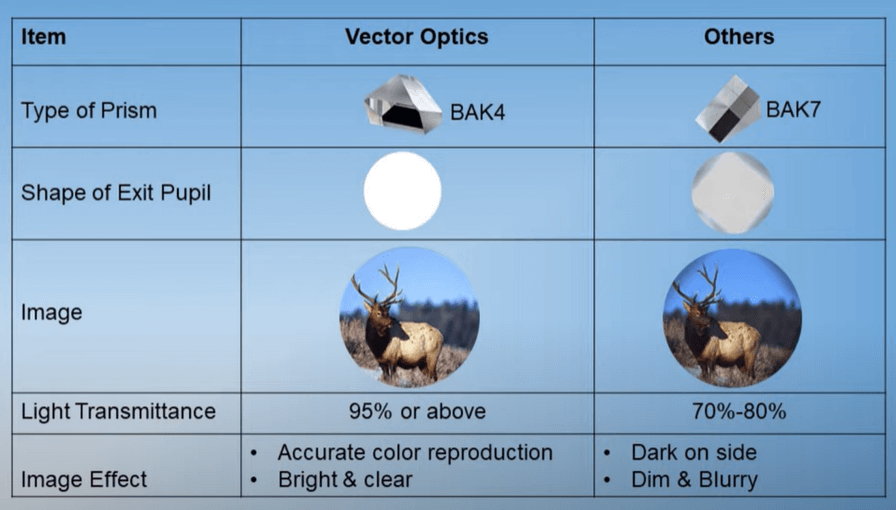
Coating
Compared with single-coated lenses, fully multi-coated lenses produce more natural and truer colour images. Binoculars with FMC coating offer better clarity and brightness, making them more suitable for users with astigmatism.

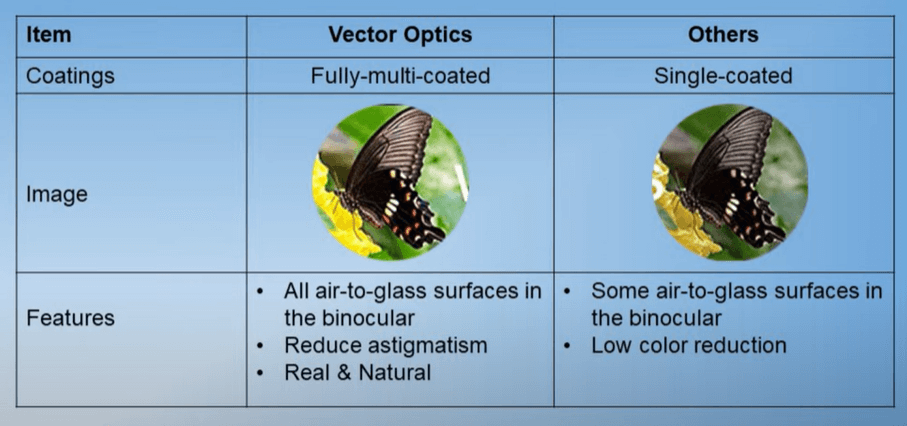
What do you want to use the binoculars for?
-
Binocular for traveling and hiking
When travelling and hiking, large binoculars become a burden, consider lightweight, portable and durable binoculars. A compact, pocket-sized roof prism binocular will be an ideal companion on your travels and hikes. If the binoculars come with a strap and case, so much the better! When you are not using the binoculars, you can store them in the case. And if you’re hiking in the rain, you’ll need waterproof binoculars.
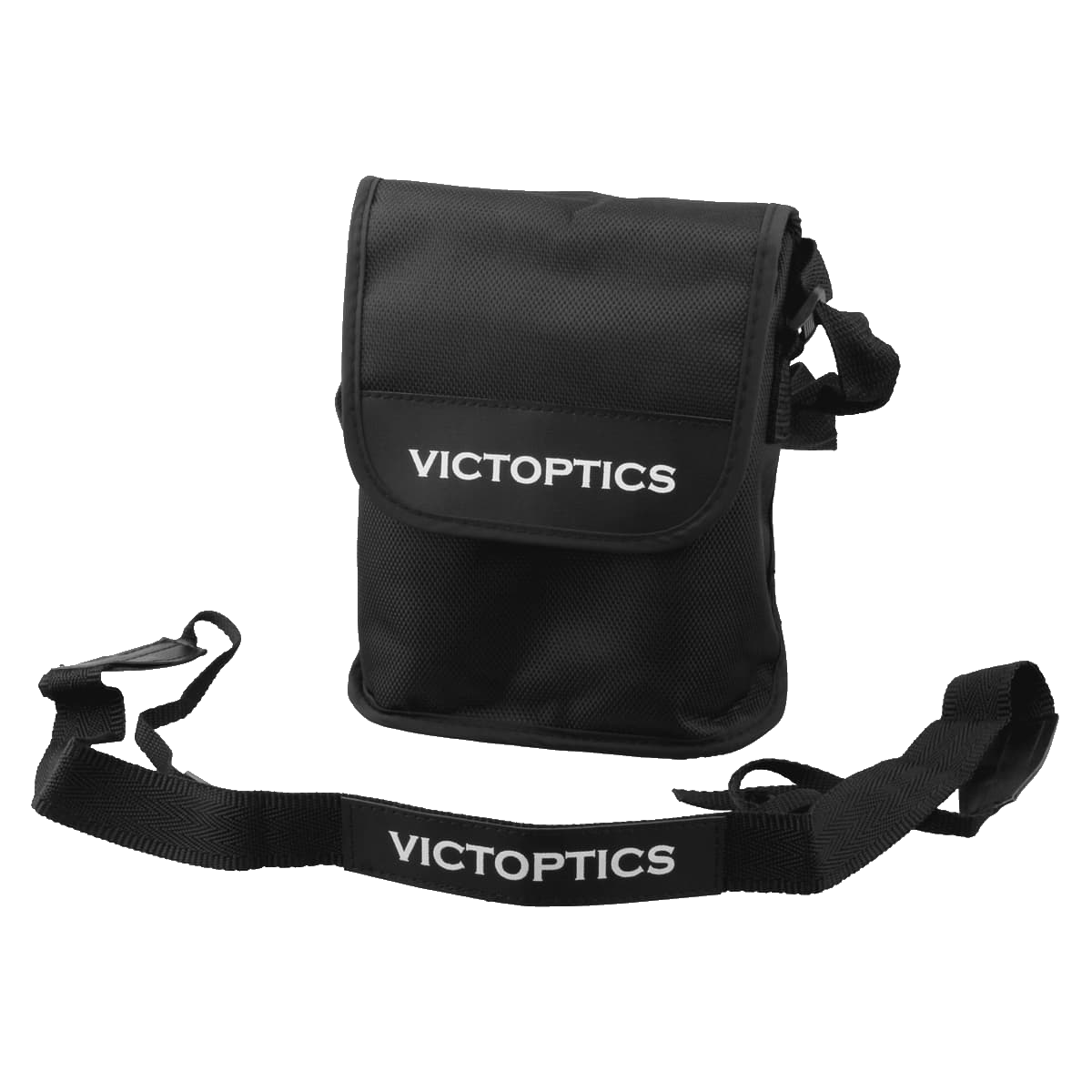
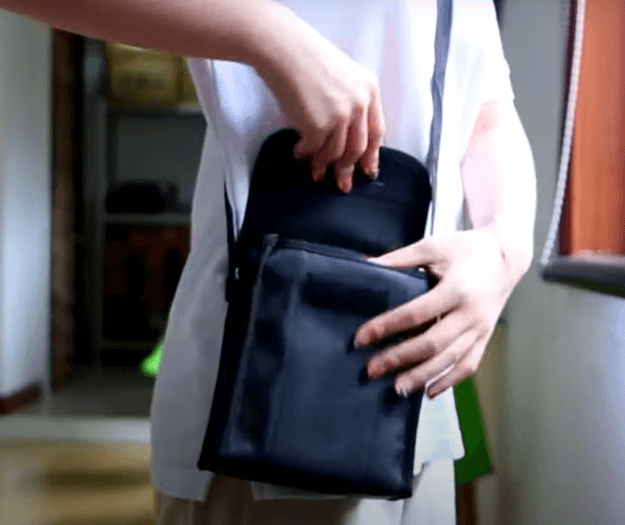
-
Binocular for birdwatching
For birdwatching, look for binoculars with at least 8x magnification and an objective lens of 32mm or larger. Look for a wide field of view and good close-focus capabilities.
-
Binocular for stargazing
For stargazing, consider a binocular with a large objective lens (at least 50mm) and a magnification of 10x or greater. Look for a wide field of view and good low-light performance.
-
Binocular for kids
When choosing binoculars for your children, look for lightweight, durable models with 6x or 8x magnification and a wide field of view. Consider models with shock-absorbing rubber coatings to protect against drops and knocks.
-
Don’t have a specific use scenario?
If you are not buying a binocular for a specific use scenario, you just want to have one, sometimes for the theatre, sometimes for hunting and safaris. And you are not sure about the distance you will use, a 10×42 binocular is always a good intermediate choice.
Need more tips on how to buy the right binoculars for you? Or would you like to customise binoculars for your business? Feel free to contact us at [email protected].

